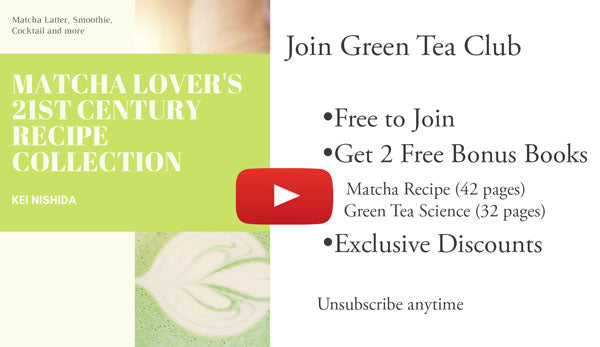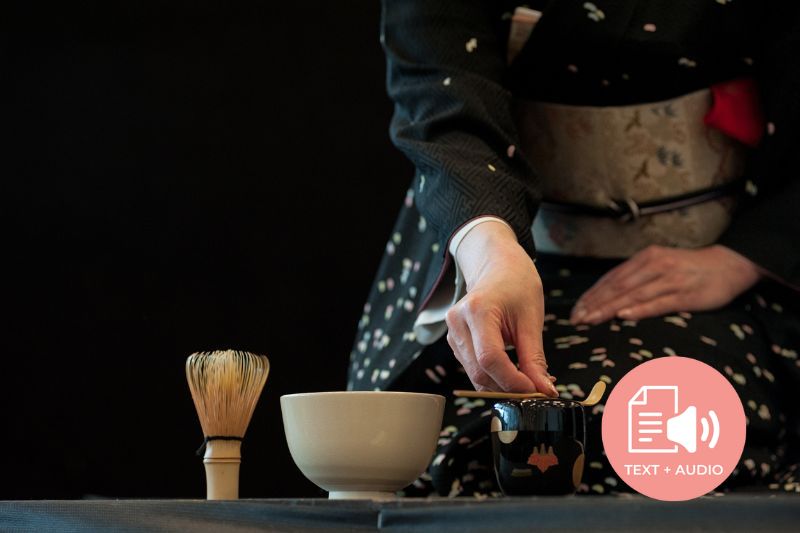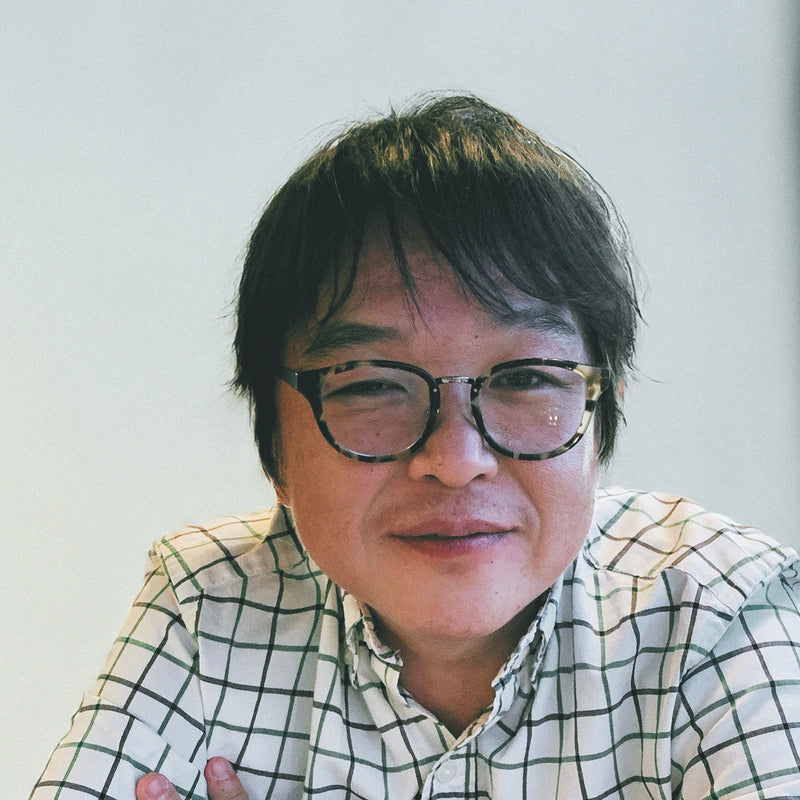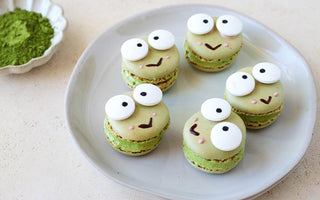Despite popular belief, tea is much more than milk tea and matcha. In truth, an ancient ritual, the Tea Ceremony, has been practiced for centuries and is widely regarded for its meditative and therapeutic benefits. People worldwide take this herbal brew for granted, not realizing that sipping tea is a form of meditation. It's an opportunity to unwind and let all their worries wash away. If only they knew that mastering the art of mindful tea drinking wasn't that difficult. That said, today, we bring you on a journey to discovery. One that will help you develop your own routines and rituals — tea-wise.
The Art of Mindful Tea Drinking
People commonly associate tea with detox. They drink it to flush toxins, lose weight, etc. But don't rush to conclusions just yet. While tea, in general, has fantastic medicinal properties and can help you achieve all that, to an extent, it isn't a magic potion. Instead, it's something to be enjoyed and consumed daily, not only occasionally, and for the wrong reasons. This article aims to teach you how to drink this precious liquid correctly. We want to show you how to appreciate it in all its glory and savor its full flavor for as long as possible.

Roots of Mindful Tea Drinking
Mindfulness has its roots in Zen Buddhist meditation methods, utilized for millennia throughout Asia, particularly in the eastern regions. Buddhism, as a whole, has long been associated with tea. Buddhist monks have traditionally consumed tea made from locally grown leaves at mountain monasteries to keep them feeling alert during meditation. It is still widely used in monasteries and elsewhere to help people relax, think clearly, and maintain an even emotional equilibrium.
While monks had their ritual for sipping tea, the one most commonly practiced today was the Tea Ceremony. Japanese people mainly engage in it to promote inner peace and appreciate the moment.
What Constitutes Tea Ceremony?
The Tea Ceremony revolves around its four pillars: respect, purity, harmony, and tranquility. It is held in a Tea House, typically a rustic hut in the center of a beautiful garden. Its door frame lays low, requiring bowing to enter and promoting humility.
Participating in a Tea Ceremony is customary to share multiple cups of tea. Depending on how many different kinds of tea are offered, a ceremony can run from an hour to two hours. Such a ceremony allows for introspection and silence, reflection, and relaxation. It's also an excellent way to unwind from our hectic schedules.

During a Tea Ceremony, people gather to share tea.
However, who said that participants only exchange tea? They also exchange ideas and reflections. Following the sipping ritual, it's typical for them to discuss how they felt during the ceremony and share any insights they gained. You'd be astonished at what comes to mind while enjoying a cup of tea in peace.
To the Japanese, the Tea Ceremony is a form of therapy, a one-of-a-kind event. In addition, these people even have a saying that captures the uniqueness of each Tea Ceremony — ''ichi-go ichi-e'', translating to ''one time, one meeting''.
Mindful Tea Drinking
You don't need visitors or a Tea House to feel inspired and experience the benefits of the Tea Ceremony. All you need to do is practice tea mindfulness, which can be done in your home. The art of mindful tea drinking is relatively simple to master. It's about taking advantage of your tea break to slow down, forget your troubles, and find peace and comfort. But how do you do that precisely?
To get started, you need to understand the concept of mindfulness.
What Constitutes Mindfulness?
We are all aware of the tremendous benefits "taking a breather" can have on our physical and mental health. The underlying idea of mindfulness is this. By focusing on the present, our minds may calm down. That, in turn, may improve our physical health and mood.
Is Mindfulness the Same as Meditation?
Yes, and no. We cannot say that meditation is mindfulness because it is a broad practice that can be practiced in various ways. However, we can say that mindfulness is meditation. Or rather, a meditation technique used to increase awareness and improve focus. Perhaps you associate meditation with sitting still and concentrating carefully on one subject (such as your breath). While that is one type of concentrative meditation, mindfulness is another type that may be done at any time and in any place. It is as simple as paying attention to your mental, emotional, and sensory feelings.

One cannot understand the art of mindful tea drinking if they don't understand the concept of mindfulness.
The Positive Effects of Tea Mindfulness
Individuals who practice mindfulness report increased happiness due to learning to live in the here and now. Tea mindfulness trains you to be fully present, which improves your interactions with others and allows you to appreciate good moments as they come. Research also speaks to the physical health benefits of mindfulness. Because it reduces stress, it is reasonable to believe that tea mindfulness can aid those suffering from stress-related medical conditions like high blood pressure, heart disease, insomnia, and gastrointestinal problems. Furthermore, mindfulness also appears to help people with mental health problems like anxiety, depression, and eating disorders.
Conclusion
Slowing down to savor your tea is the most excellent way to fully appreciate its flavors, aroma, and experience. Doing so improves your mood and helps you do more during the day. Those who understand the art of mindful tea drinking know it's all about taking a break and putting our phones down. But more than that, it's about sweeping our worries away and enjoying every sip of this divine beverage.
Get Free Bonus Books

Sign up for free to the Green Tea Club to get advice and exclusive articles about how to choose Japanese Tea, and tips, tricks, and recipes for enjoying Japanese tea.
About the author
Kei Nishida
Author, CEO Dream of Japan
Certification: PMP, BS in Computer Science
Education: Western Washington University
Kei Nishida is a passionate Japanese green tea connoisseur, writer, and the founder and CEO of Japanese Green Tea Co., a Dream of Japan Company.
Driven by a deep desire to share the rich flavors of his homeland, he established the only company that sources premium tea grown in nutrient-rich sugarcane soil—earning multiple Global Tea Champion awards.
Expanding his mission of introducing Japan’s finest to the world, Kei pioneered the launch of the first-ever Sumiyaki charcoal-roasted coffee through Japanese Coffee Co. He also brought the artistry of traditional Japanese craftsmanship to the global market by making katana-style handmade knives—crafted by a renowned katana maker—available outside Japan for the first time through Japanese Knife Co.
Kei’s journey continues as he uncovers and shares Japan’s hidden treasures with the world.
Learn more about Kei







